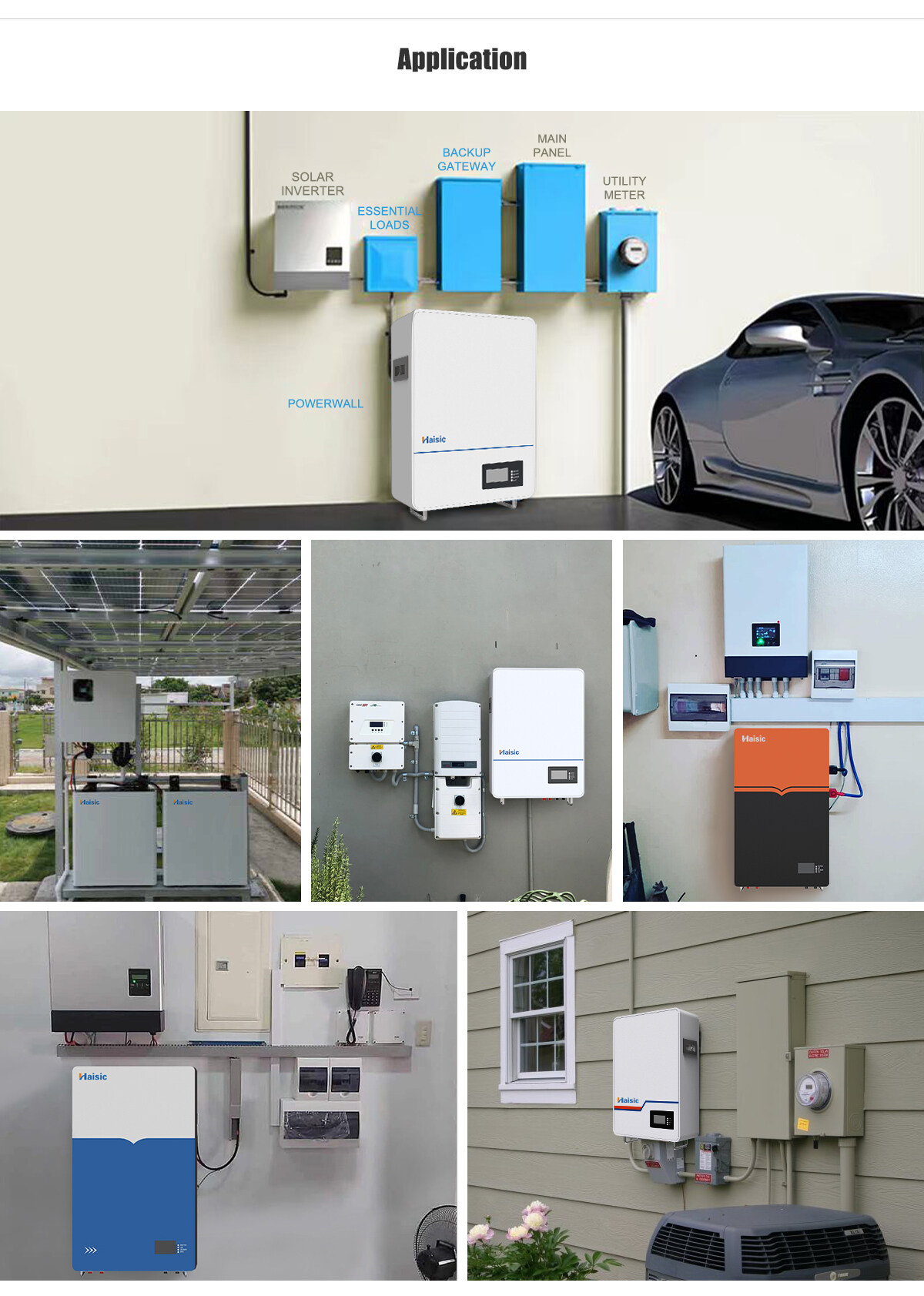Email format error
Email cannot be empty
Email already exists
6-20 characters(letters plus numbers only)
The password is inconsistent
Email format error
Email cannot be empty
Email does not exist
6-20 characters(letters plus numbers only)
The password is inconsistent

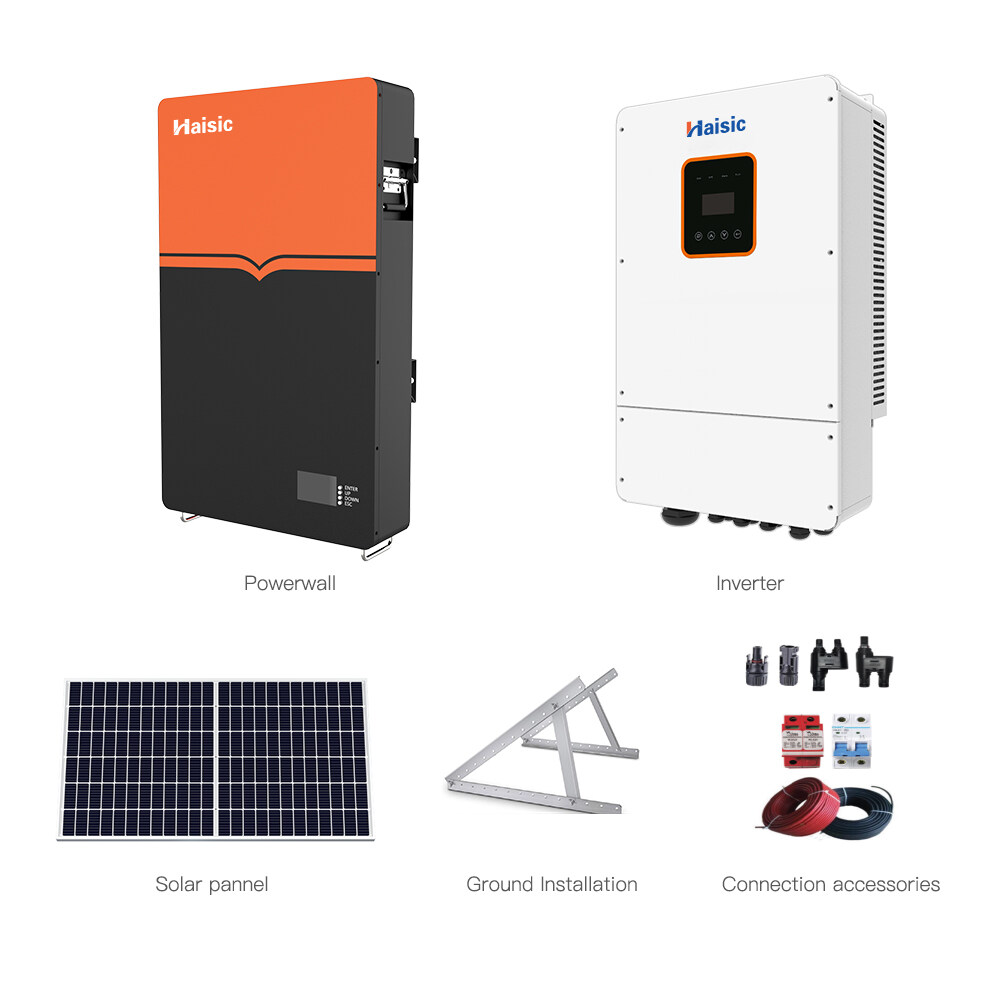
Low-Volt 51.2V 9.5KWH powerwall can protect your home from outages and free you from the grid with energy storage. Wall-mounted installation. Deep cycle > 6000 times. High-safety lithium iron phosphate battery. The ideal solution for your residential energy storage.
What is home battery storage?
The energy storage battery is mainly used to store electric energy from solar energy, wind power, or the local power grid. It is mainly used to store electric energy and is often used as a backup power supply for families, businesses, and farms. In recent years, with the continuous development of solar energy technology, energy storage batteries can also achieve energy independence for houses.
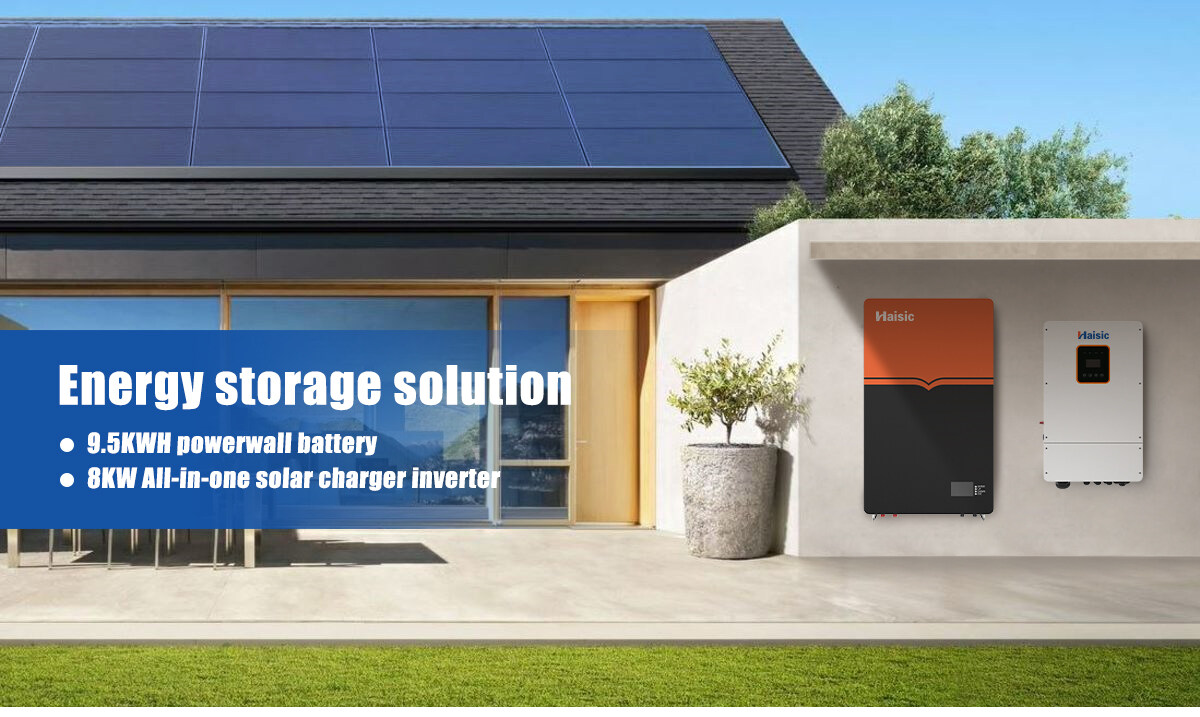
Do I need a permit to buy home battery storage?
Yes, in most cities and regions, you need a license to install energy storage batteries in your home. For more information, please consult the local relevant departments.
How does the household energy storage system work?
Home energy storage systems obtain electricity through solar panels or connected to the grid. When connecting the household load and the energy storage system at the same time, the solar energy or power grid will give priority to supplying power to the household load, and the energy storage system will be charged only when there is excess power.
When a power failure occurs in the home, the energy storage system will immediately identify when the power supply is interrupted, and automatically change the switch to use the energy storage battery to power the home without manual operation.
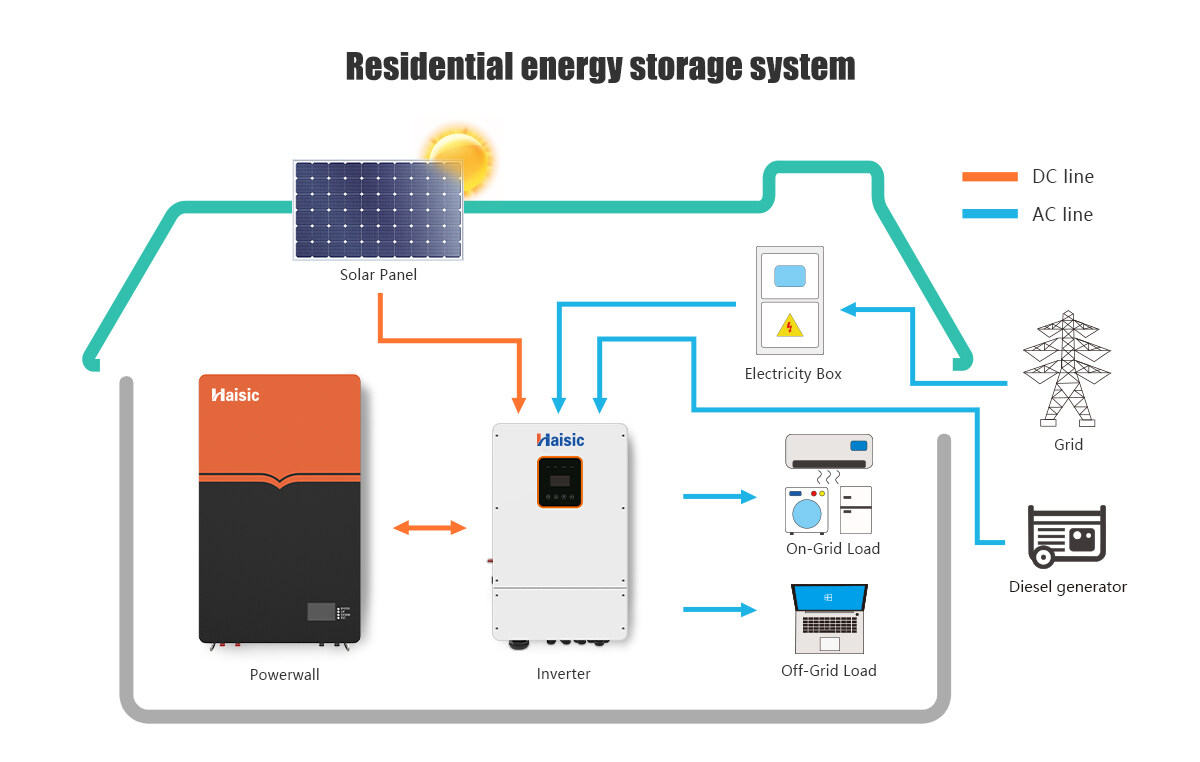
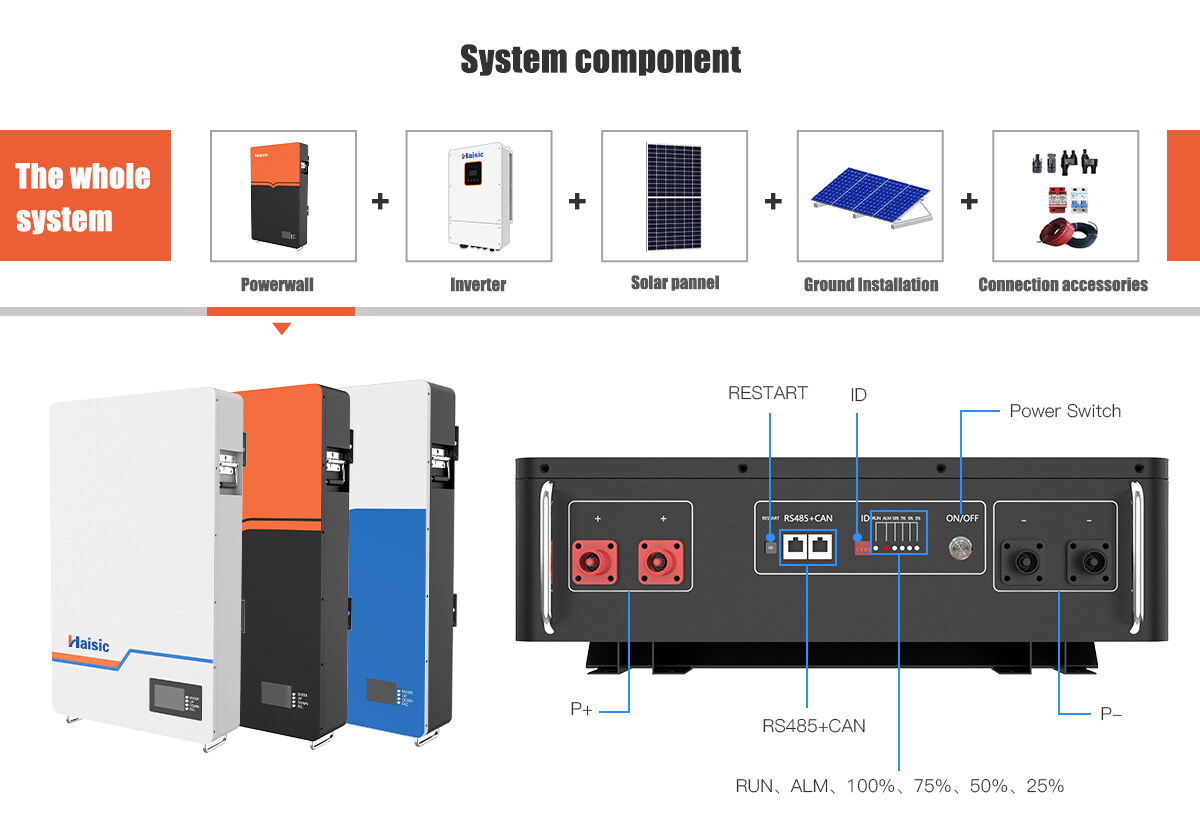
Powerwall parameters
| Model | HS-BG9500W |
| Rated Voltage(V) | 51.2 |
| Rated Capacity(Ah) | 186 |
| Rated Energy(Wh) | 9523 |
| Voltage Range(V) | 44.8-56 |
| Charge Voltage Range(V) | 55.2-56 |
| Cut-off Voltage(V) | 44.8 |
| Recommend Charge Current(A) | 100 |
| Max Charge Current(A) | 166 |
| Max Discharge Current(A) | 166 |
| Dimension:L*W*H(mm) | 457*163*760 |
| Weight(kg) | 70 |
| Communication Port | RS485、CAN |
| Display | LED+LCD |
| Terminal | Plug-in |
| Compatible inverter | Growatt, Goodwe, Sol-Ark, SRNE,DEYE |
| Humidity(%) | 5-95% RH |
| Charge Temperature Range(℃) | 0-45 |
| Discharge Temperature Range(℃) | -20-60 |
| Storage Temperature Range(℃) | -20-45 |
| Cycle Life | >6000 (0.5C@ 25℃,80% DOD) |
| Design Life (Year) | 15 |
| Safety & Certification | CE,EMC,TUV(IEC62619),UL1973 |
| Transportation | UN38.3 |
How long will a home battery storage last?
The introduction of energy storage batteries has attracted a large number of homeowners. They may all be troubled by this problem when choosing the first energy storage battery. However, the battery life of energy storage battery involves many factors: battery capacity, battery type, use mode, the number of connected appliances, and the power of appliances, etc.
Calculated as a 5 kWh storage battery:
The 400W refrigerator can last 12.5 hours
A 10W bulb can last for 500 hours
Watching TV can play continuously for about 5 hours
Indoor air conditioning cooling 6.25 hours
Equipping a home with a solar energy storage battery can ensure that some important essential appliances can keep running in case of power failure. For example, the food in the refrigerator can be kept fresh, and the mobile phone can be kept fully charged all the time.
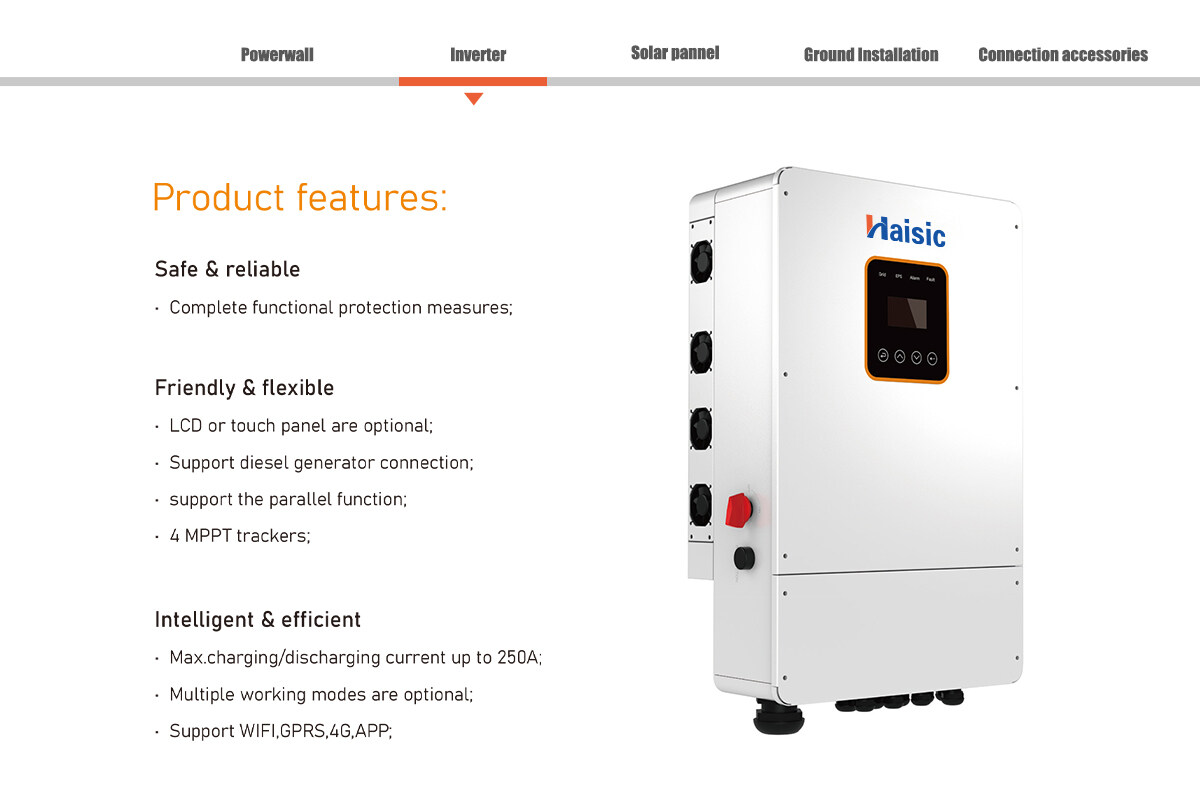
Inverter parameters
| Model | R8KL1 |
| Input (PV) | |
| Max. power(kW) | 12 |
| Max. DC voltage(V) | 500 |
| MPPT voltage range(V) | 120~500 |
| Max.input current of single MPPT(A) | 12 |
| MAX. short circuit current(A) | 15 |
| AC output | |
| Rated output power(kVA) | 8 |
| Max. output power(kVA) | 8.8 |
| Max. output current(A) | 38.3 |
| Ac output voltage(V) | 220,230,240 |
| Frequency (Hz) | 50/60(45 ~ 55, 55 ~ 65) |
| PF | 0.8lagging-0.8leading |
| THDi | < 2% |
| Battery | |
| Nominal voltage (V) | 48 |
| Battery voltage range(V) | 40~60 |
| Max. charge/discharge current(A) | 190/190 |
| Battery type | lithium /Lead-acid |
| Charging strategy for Li-Ion battery | Self-adaption to BMS |
| EPS output | |
| Rated power (kVA) | 8 |
| Rated output voltage(V) | 220, 230 ,240 |
| Rated frequency (Hz) | 50/60 |
| THDu | < 2% |
| Protection | |
| Grounding detection | YES |
| Arc fault protection | optional |
| Island protection | YES |
| Battery reverse polarity | YES |
| Insulation resistor detection | YES |
| Residual current monitoring unit | YES |
| Output over current protection | YES |
| Back-up output short protection | YES |
| Terminal temperature detection | YES |
| Output over voltage/under voltage protection | YES |
| General data | |
| Europe efficiency (PV) | ≥97.8% |
| MAX. battery to load efficiency | ≥97.2% |
| Ingress protection | IP65 |
| Noise emission(dB) | <38 |
| Operation temperature | -25℃ ~ 60℃ |
| Cooling | FAN Cooling |
| Relative humidity | 0 ~95%(non-condensing) |
| Altitude | 2,000m (>2,000 Derating) |
| Dimensions W *D *H (mm) | 430*220*710 |
| Weight(kg) | 41 |
| Display | LCD,Touch panel(optinal) |
| Communication with BMS/meter/EMS | RS485,CAN |
| Communication interface | RS485, WLAN, 4G (optional) |
| Self-consumption at night | < 2.5 W (with battery enabling < 5 W) |
| Certificates | South Africa NRS, IEC 62109-1/-2, IEC 61000-6-1, IEC 61000-6-3 |
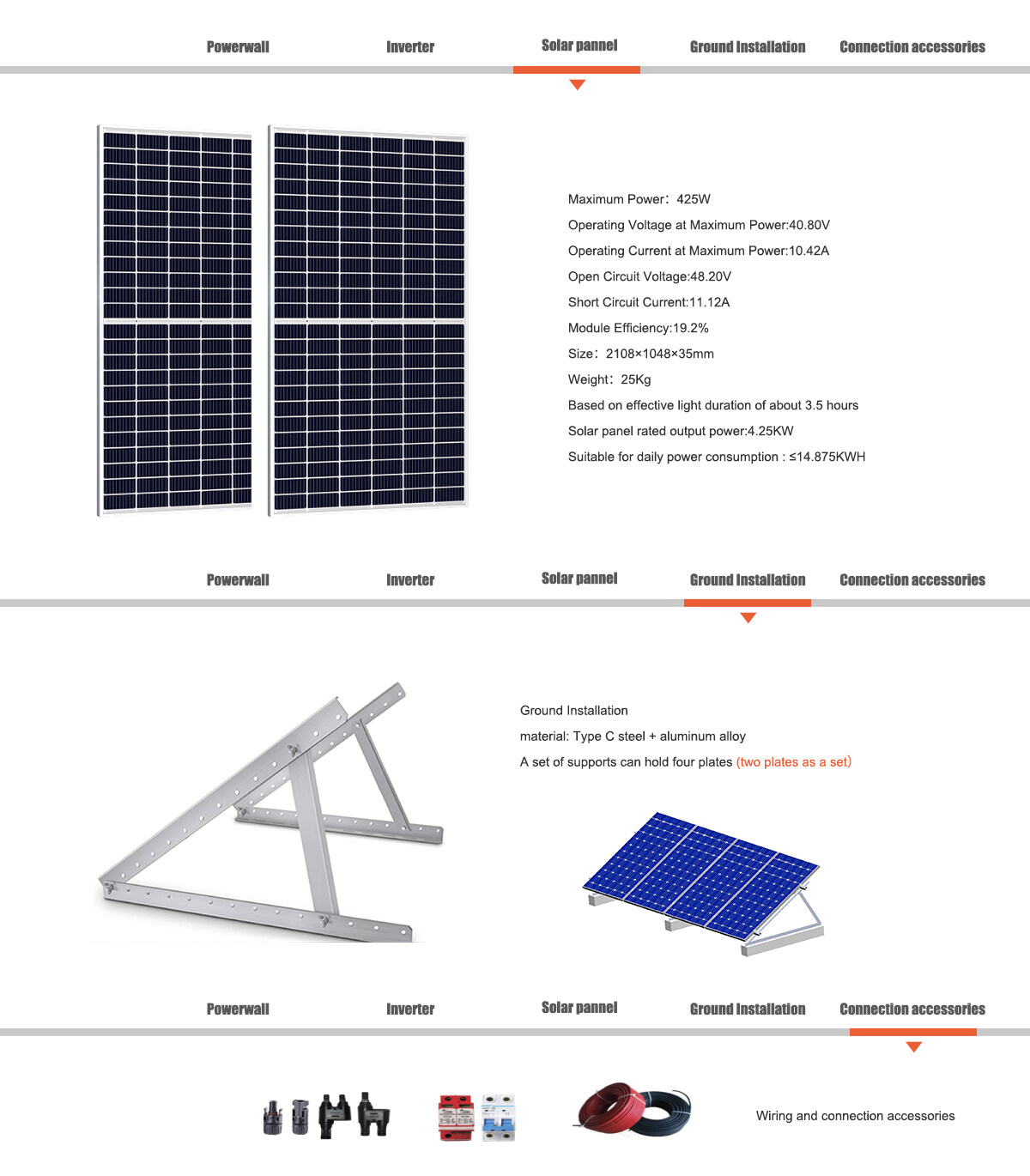
In general, the energy solution of "solar + energy storage battery" has become the primary choice of most homeowners. Solar storage batteries also reduce your day-to-day dependence on the grid. Before purchasing, we should understand the relevant knowledge of energy storage batteries to better select and purchase them.
